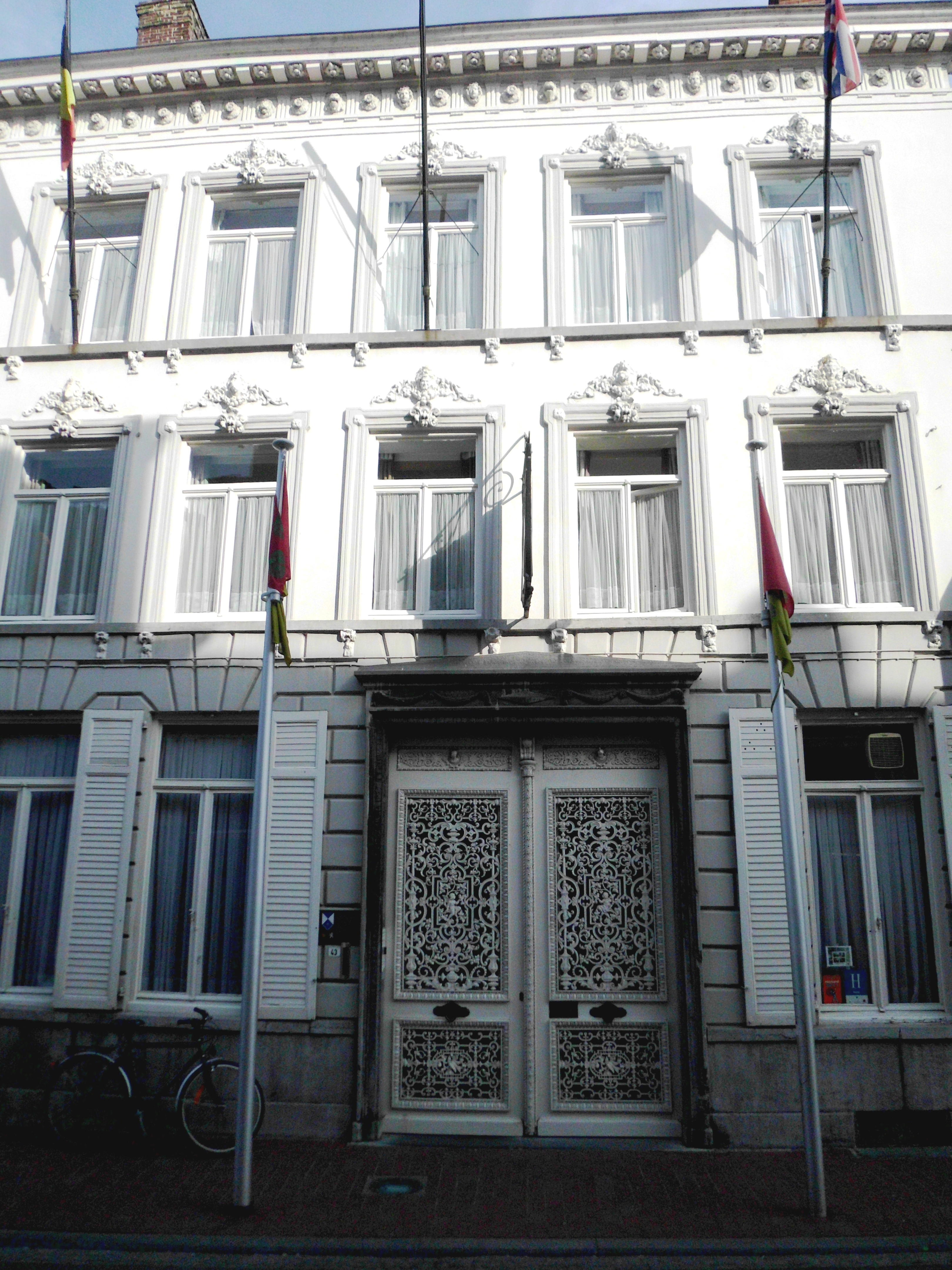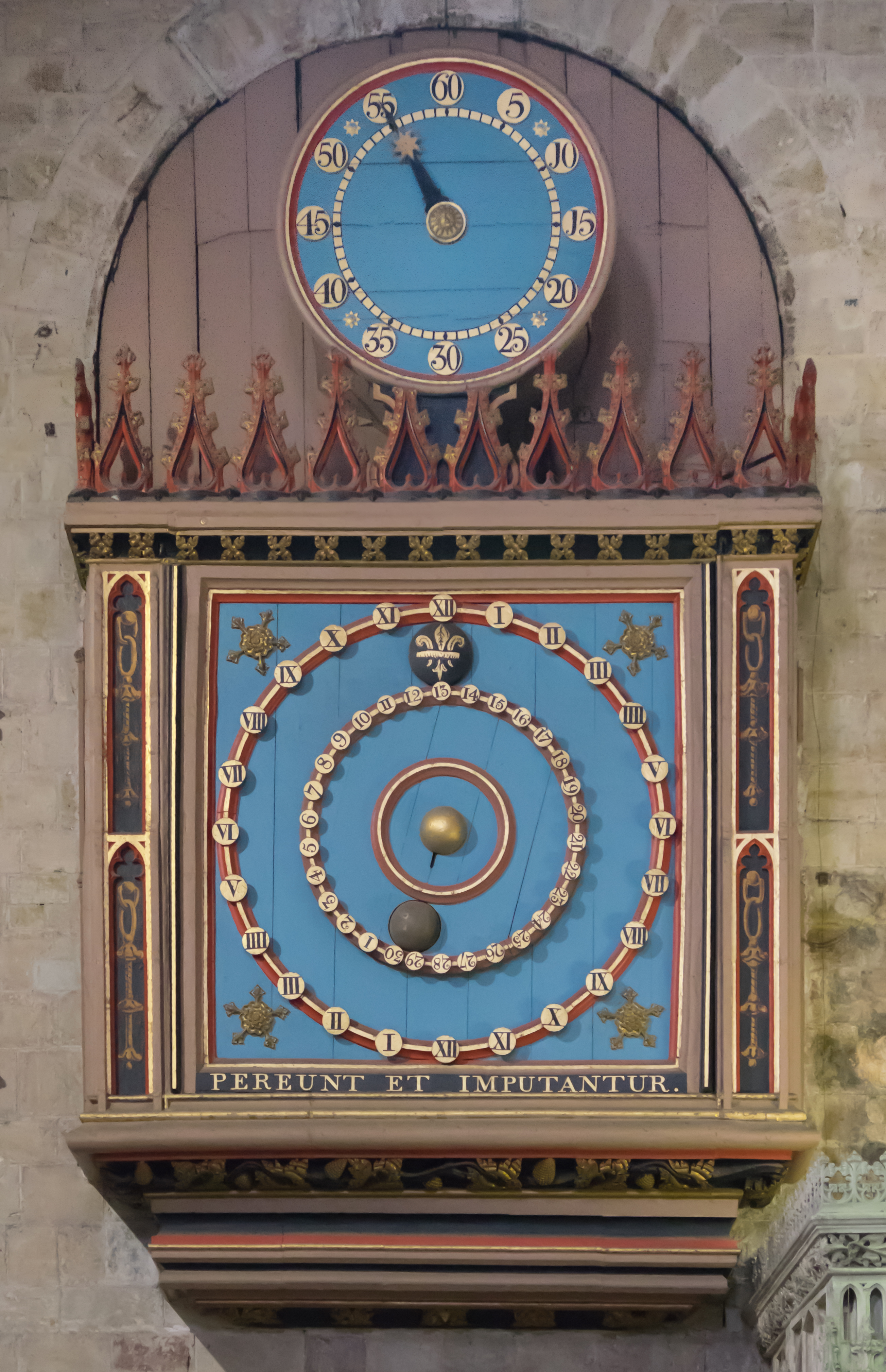|
Spelling Alphabet
A spelling alphabet (#Terminology, also called by various other names) is a set of words used to represent the Letter (alphabet), letters of an alphabet in Speech, oral communication, especially over a two-way radio or telephone. The words chosen to represent the letters sound sufficiently different from each other to clearly differentiate them. This avoids any confusion that could easily otherwise result from the names of letters that sound similar, except for some small difference easily missed or easily degraded by the imperfect sound quality of the apparatus. For example, in the Latin alphabet, the letters B, P, and D ("bee", "pee" and "dee") sound similar and could easily be confused, but the words "bravo", "papa" and "delta" sound completely different, making confusion unlikely. Any suitable words can be used in the moment, making this form of communication easy even for people not trained on any particular standardized spelling alphabet. For example, it is common to hear a wi ... [...More Info...] [...Related Items...] OR: [Wikipedia] [Google] [Baidu] |
Terminology
Terminology is a group of specialized words and respective meanings in a particular field, and also the study of such terms and their use; the latter meaning is also known as terminology science. A ''term'' is a word, Compound (linguistics), compound word, or multi-word Expression (language), expression that in specific context (language use), contexts is given specific meanings—these may deviate from the meanings the same words have in other contexts and in everyday language. Terminology is a discipline that studies, among other things, the development of such terms and their interrelationships within a specialized domain. Terminology differs from lexicography, as it involves the study of concepts, conceptual systems and their labels (''terms''), whereas lexicography studies words and their meanings. Terminology is a discipline that systematically studies the "labelling or designating of concepts" particular to one or more subject fields or domains of human activity. It does t ... [...More Info...] [...Related Items...] OR: [Wikipedia] [Google] [Baidu] |
Phonetic Transcription
Phonetic transcription (also known as Phonetic script or Phonetic notation) is the visual representation of speech sounds (or ''phonetics'') by means of symbols. The most common type of phonetic transcription uses a phonetic alphabet, such as the International Phonetic Alphabet. Versus orthography The pronunciation of words in all languages changes over time. However, their written forms (orthography) are often not modified to take account of such changes, and do not accurately represent the pronunciation. Words borrowed from other languages may retain the spelling from the original language, which may have a different system of correspondences between written symbols and speech sounds. Pronunciation can also vary greatly among dialects of a language. Standard orthography in some languages, such as English language, English and Classical Tibetan, Tibetan, is often irregular and makes it difficult to predict pronunciation from spelling. For example, the words ''bough'', ''tough' ... [...More Info...] [...Related Items...] OR: [Wikipedia] [Google] [Baidu] |
Allied Military Phonetic Spelling Alphabets
The Allied military phonetic spelling alphabets prescribed the words that are used to represent each letter of the alphabet, when spelling other words out loud, letter-by-letter, and how the spelling words should be pronounced for use by the Allies of World War II. They are not a "phonetic alphabet" in the sense in which that term is used in phonetics, i.e. they are not a system for transcribing speech sounds. The Allied militaries – primarily the US and the UK – had their own radiotelephone spelling alphabets which had origins back to World War I and had evolved separately in the different services in the two countries. For communication between the different countries and different services specific alphabets were mandated. The last WWII spelling alphabet continued to be used through the Korean War, being replaced in 1956 as a result of both countries adopting the ICAO/ ITU Radiotelephony Spelling Alphabet, with the NATO members calling their usage the "NATO Phonetic Al ... [...More Info...] [...Related Items...] OR: [Wikipedia] [Google] [Baidu] |
Western Front (World War I)
The Western Front was one of the main Theatre (warfare), theatres of war during World War I. Following the outbreak of war in August 1914, the Imperial German Army, German Army opened the Western Front by German invasion of Belgium (1914), invading Luxembourg and Belgium, then gaining military control of important industrial regions in Third Republic of France, France. The German advance was halted with the First Battle of the Marne, Battle of the Marne. Following the Race to the Sea, both sides dug in along a meandering line of fortified trench warfare, trenches, stretching from the North Sea to the Swiss frontier with France, the position of which changed little except during early 1917 and again in 1918. Between 1915 and 1917 there were several offensives along this Front (military), front. The attacks employed massive artillery bombardments and massed infantry advances. Entrenchments, machine gun emplacements, barbed wire, and artillery repeatedly inflicted severe casualties ... [...More Info...] [...Related Items...] OR: [Wikipedia] [Google] [Baidu] |
Toc H
Toc H (also TH) is a registered charity and an international Christian movement. The name is an abbreviation for Talbot House, "Toc" signifying the letter T in the Royal Corps of Signals#History, signals spelling alphabet#History, spelling alphabet used by the British Army in World War I. A soldiers' rest and recreation centre named Talbot House was founded in December 1915 at Poperinghe, Belgium. It aimed to promote Christianity and was named in memory of Gilbert Talbot,Talbot House in Belgium Index page of Belgian Talbot House tourist site son of Lavinia Talbot and Edward Talbot (bishop), Edward Talbot, then Bishop of Winchester, who had been killed at Hooge, Belgium, Hooge in July 1915. Today Today Toc H works across the UK in partnership with local charities and resident organisations to deliver services to ...[...More Info...] [...Related Items...] OR: [Wikipedia] [Google] [Baidu] |
Post Meridiem
The 12-hour clock is a time convention in which the 24 hours of the day are divided into two periods: a.m. (from Latin , translating to "before midday") and p.m. (from Latin , translating to "after midday"). Each period consists of 12 hours numbered: 12 (acting as 0), 1, 2, 3, 4, 5, 6, 7, 8, 9, 10, and 11. The 12-hour clock has been developed since the second millennium BC and reached its modern form in the 16th century. The 12-hour time convention is common in several English-speaking nations and former British Empire, British colonies, as well as a few other countries. In English-speaking countries: "12 p.m." usually indicates noon, while "12 a.m." means midnight, but the reverse convention has also been used (see #Confusion at noon and midnight, § Confusion at noon and midnight). "Noon" and "midnight" are unambiguous. History and use The natural day-and-night division of a calendar day forms the fundamental basis as to why each day is split ... [...More Info...] [...Related Items...] OR: [Wikipedia] [Google] [Baidu] |
Anti-aircraft
Anti-aircraft warfare (AAW) is the counter to aerial warfare and includes "all measures designed to nullify or reduce the effectiveness of hostile air action".AAP-6 It encompasses surface-based, subsurface ( submarine-launched), and air-based weapon systems, in addition to associated sensor systems, command and control arrangements, and passive measures (e.g. barrage balloons). It may be used to protect naval, ground, and air forces in any location. However, for most countries, the main effort has tended to be homeland defense. Missile defense is an extension of air defence, as are initiatives to adapt air defence to the task of intercepting any projectile in flight. Most modern anti-aircraft (AA) weapons systems are optimized for short-, medium-, or long-range air defence, although some systems may incorporate multiple weapons (such as both autocannons and surface-to-air missiles). 'Layered air defence' usually refers to multiple 'tiers' of air defence systems which, w ... [...More Info...] [...Related Items...] OR: [Wikipedia] [Google] [Baidu] |
Signaller
A signaller, signalman, colloquially referred to as a radioman or signaleer in the armed forces is a specialist soldier, sailor or airman responsible for military communications. Signallers, a.k.a. Combat Signallers or signalmen or women, are commonly employed as radio or telephone operators, relaying messages for field commanders at the front line (Army units, Ships or Aircraft), through a Command hierarchy, chain of command which includes field headquarters. Messages are transmitted and received via a communications infrastructure comprising fixed and mobile installations. Duties In the past, signalling skills have included the use of: Heliograph, Aldis lamp, Flag semaphore, semaphore flags, "Don R" (Dispatch Riders) and even Homing pigeon, carrier pigeons. Modern signallers are responsible for the battlefield voice and data communication and information technology infrastructure or in common English terms, they may carry a backpack radio transceiver used to communicate to ... [...More Info...] [...Related Items...] OR: [Wikipedia] [Google] [Baidu] |
British Army
The British Army is the principal Army, land warfare force of the United Kingdom. the British Army comprises 73,847 regular full-time personnel, 4,127 Brigade of Gurkhas, Gurkhas, 25,742 Army Reserve (United Kingdom), volunteer reserve personnel and 4,697 "other personnel", for a total of 108,413. The British Army traces back to 1707 and the Acts of Union 1707, formation of the united Kingdom of Great Britain which joined the Kingdoms of Kingdom of England, England and Kingdom of Scotland, Scotland into a Political union, single state and, with that, united the English Army and the Scots Army as the British Army. The Parliament of England, English Bill of Rights 1689 and Convention of the Estates, Scottish Claim of Right Act 1689 require parliamentary consent for the Crown to maintain a peacetime standing army. Members of the British Army swear allegiance to the Charles III, monarch as their commander-in-chief. The army is administered by the Ministry of Defence (United Kingd ... [...More Info...] [...Related Items...] OR: [Wikipedia] [Google] [Baidu] |
Ticker Symbol
A ticker symbol or stock symbol is an abbreviation used to uniquely identify publicly traded Share (finance), shares of a particular stock or Security (finance), security on a particular stock exchange. Ticker symbols are arrangements of symbols or characters (generally Latin letters or digits) which provide a shorthand for investors to refer to, purchase, and research securities. Some exchanges include ticker extensions, which encode additional information such as share class, bankruptcy status, or voting rights into the ticker. The first ticker symbol was used in 1867, following the invention of the ticker tape machine by Edward A. Calahan, Edward Calahan. It was used to identify shares of the Union Pacific Railroad Company. Interpreting the symbol Stock symbols are unique identifiers assigned to each security traded on a particular market. A stock symbol can consist of letters, numbers, or a combination of both, and is a way to uniquely identify that stock. The symbols were ... [...More Info...] [...Related Items...] OR: [Wikipedia] [Google] [Baidu] |
Acrophony
Acrophony (; + 'sound') is the naming of letters of an alphabetic writing system so that a letter's name begins with the letter itself. For example, Greek letter names are acrophonic: the names of the letters α, β, γ, δ, are spelled with the respective letters: (), (), (), (). The paradigm for acrophonic alphabets is the Proto-Sinaitic script and the succeeding Phoenician alphabet, in which the letter A, representing the sound , is thought to have derived from an Egyptian hieroglyph representing an ox, and is called 'ox', , which starts with the glottal stop sound the letter represents. The second letter of the Phoenician alphabet is ''bet'' (which means 'house' and looks a bit like a shelter) representing the sound and from ''ālep-bēt'' came the word "alphabet"another case where the beginning of a thing gives the name to the whole, which was in fact common practice in the ancient Near East. The Glagolitic and early Cyrillic alphabets, although not consisting o ... [...More Info...] [...Related Items...] OR: [Wikipedia] [Google] [Baidu] |





